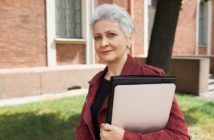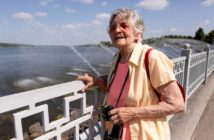The good news just keeps coming. As people age, whether they are recovering from medical conditions or in good condition to begin with, exercise and activity are the keys to healthy aging. However, most medical systems across developed countries are focused on technology and pharmacology. This is not necessarily a bad thing, but ignoring the mounting evidence about the benefits of getting people up and moving may increase costs down the road. It may also lead to readmission to hospitals and contribute to debility.
High cost frail elderly account for 44% of Medicare spending while comprising only 4% of the Medicare population. Most people become frail due to lack of safe, appropriate activity. Exercise has been associated with dementia prevention, a decrease in falls, improved mood, and better balance and sleep. This article in the British Medical Journal provides an excellent description of how lack of activity contributes to increased care. Care giving costs, whether through a private caregiver or family member, are soaring. When an older person has a fall, or incurs a medical event, they will be more likely to have a permanent loss of function if they are not fit to begin with and/or aren’t encouraged to become actively engaged in their own recovery. “The common decline in fitness that occurs with age is different, starting around 30 years of age and accelerating more rapidly after age 45.”
Recent research in the U.S. looked at the ability of older adults after they go into assisted living. What they found was that older people generally decline after going to assisted living. Presumably this is due to the fact that many of the activities associated with living independently, like housekeeping, laundry, cooking, lawn care, etc. are no longer necessary in assisted living. The assisted living philosophy is: “Take a load off! Let us do the work for you. You deserve a break.”
What is one to do with this information? If you are the child or grandchild of an elder and that person has been hospitalized, or there has been a decline, consider these recommendations.
What You Can Do
- Strongly advocate for rehabilitation in an in patient setting if the elder meets criteria. At the very least push for home health which includes physical and occupational therapy.
- Balance safety needs with an increase in activity. Get the opinion of an occupational therapist about home modifications that will increase safety while promoting activity and independence.
- If an elder moves to assisted living, consider a room at a distance from the elevator to encourage walking. Reinforce the benefits of organized exercise classes that are offered at almost all assisted living communities.
One final piece of advice, regardless of your age, get up and get moving!




